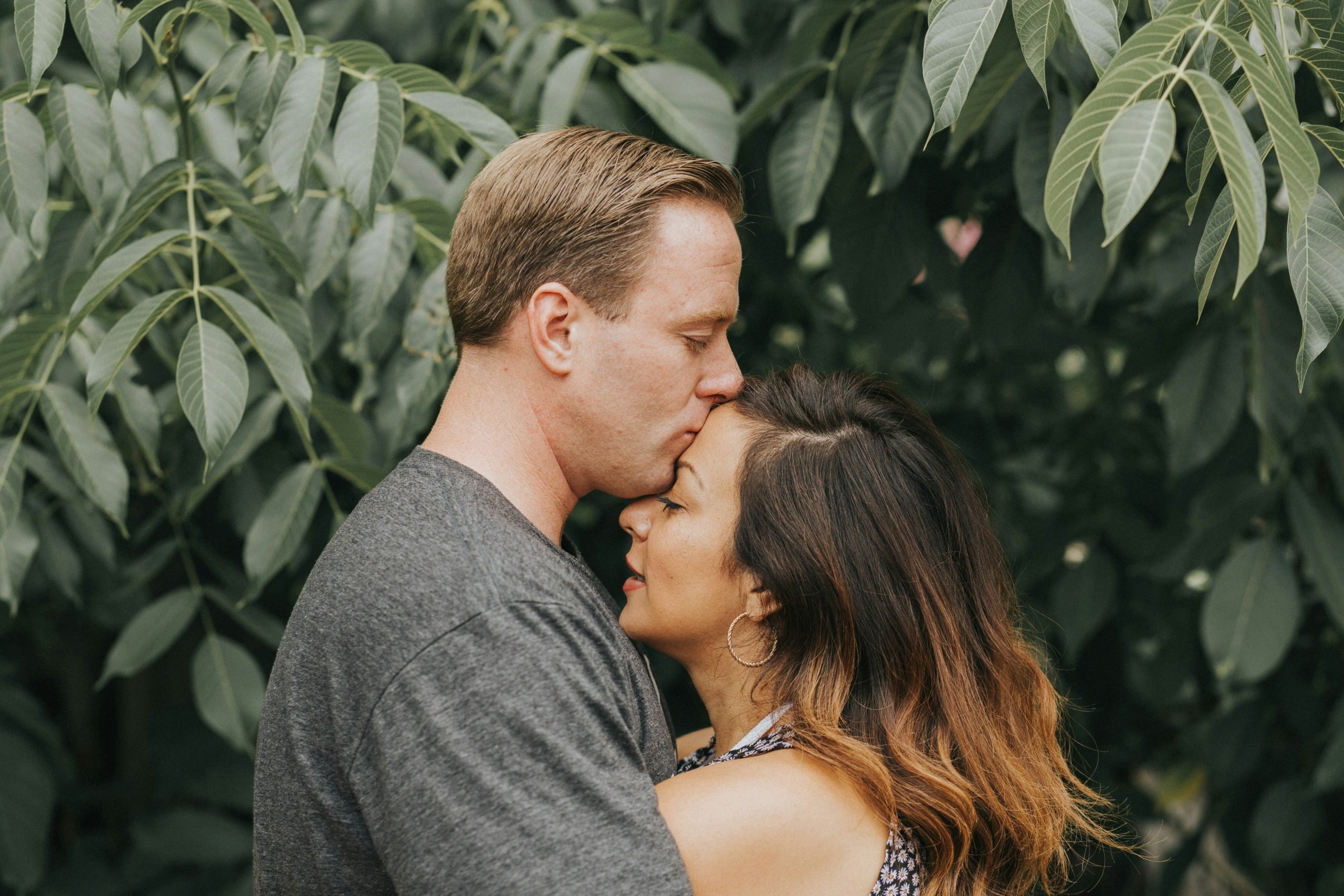What is an anxious attachment style?
Anxious attachment style is one of the four primary attachment styles defined in attachment theory, which explains how early relationships with caregivers shape an individual’s behavior and expectations in adult relationships. Individuals with anxious attachment often have experienced inconsistent caregiving, where emotional needs were sometimes met and sometimes neglected. As a result, they tend to develop a deep fear of abandonment and a preoccupation with their relationships.
Key Characteristics of Anxious Attachment Style:
- Fear of Abandonment:
- Individuals with anxious attachment often worry that their partner will leave them or that they are not loved enough. This fear leads to constant seeking of reassurance and validation.
- Need for Constant Closeness and Reassurance:
- They feel a strong need to be close to their partners and may become overly dependent on them for emotional support. They frequently seek reassurance of their partner’s love and commitment.
- Insecurity and Low Self-Esteem:
- People with anxious attachment often have low self-esteem and believe that they are not good enough. They may feel unworthy of love, contributing to their need for external validation.
- Emotional Sensitivity and Overthinking:
- They tend to be highly sensitive to their partner’s behavior and emotions. Small changes in behavior may lead to overanalyzing and assuming the worst, such as believing their partner is losing interest.
- Clinginess or Needy Behavior:
- Due to their deep fear of rejection or abandonment, they might display clingy or needy behavior in relationships. This can manifest as frequent calls, texts, or demands for attention.
- Difficulty in Trusting:
- Even in stable relationships, individuals with anxious attachment struggle with trusting their partner. This lack of trust often stems from fear of betrayal or not being “enough.”
- Emotional Outbursts or Anxiety:
- When their partner seems distant or unresponsive, they may experience intense anxiety or emotional outbursts as they fear abandonment or rejection.
- Idealizing Relationships:
- They may idealize their partners or relationships, believing that the relationship will solve all their emotional needs and provide complete security.
Root Causes of Anxious Attachment:
Anxious attachment typically develops in early childhood when caregivers are inconsistent—sometimes emotionally available, but other times not. This inconsistency causes the child to become hyper-focused on maintaining closeness to their caregiver, a pattern that often extends into adulthood in romantic relationships.
How Anxious Attachment Affects Relationships:
- Partners may feel overwhelmed by the constant need for reassurance and attention.
- Emotional volatility can create instability, as the anxious individual may react strongly to perceived threats of rejection.
- Insecurity can erode the trust in the relationship, even if there is no real threat to the bond.
Healing and Overcoming Anxious Attachment:
Therapeutic approaches like Cognitive Behavioral Therapy (CBT) and Emotionally Focused Therapy (EFT) can help individuals understand their attachment patterns, develop self-worth, and cultivate more secure attachment styles. Mindfulness, self-awareness, and working on emotional regulation are essential in managing the anxiety tied to relationships.
Healing from anxious attachment and developing a more secure attachment style involves improving self-worth, reducing dependence on external validation, and learning to foster healthy, trusting relationships. Here are five key strategies that can help lead to improved self-worth, reduced dependence on external validation, and more secure attachments:
1. Therapy for Emotional Awareness and Healing
- Why It Helps: Therapy, especially Cognitive Behavioral Therapy (CBT) and Emotionally Focused Therapy (EFT), can help individuals understand the root causes of their anxious attachment. Therapy provides a safe space to explore childhood experiences and identify patterns that cause anxious attachment. Therapists can help individuals learn how to manage anxiety, build resilience, and create more secure relationships.
- What It Leads To: Through therapy, individuals can become more emotionally aware, learning to identify and challenge negative thoughts and behaviors. This reduces the need for external validation because individuals start to build a sense of internal emotional security.
- Practical Tip: Working with a therapist, especially one specialized in attachment or trauma, helps build coping strategies and emotional regulation skills to foster healthier relationships.
2. Practicing Self-Compassion and Mindfulness
- Why It Helps: Self-compassion is essential for overcoming feelings of inadequacy and self-doubt that often accompany anxious attachment. Mindfulness practices, such as meditation or journaling, help individuals stay present and observe their thoughts and emotions without judgment. This reduces the intensity of attachment-related anxiety and increases self-acceptance.
- What It Leads To: By cultivating self-compassion, individuals learn to treat themselves with kindness, reducing the urge to seek constant reassurance from others. Mindfulness helps create a buffer between emotional reactions and behaviors, leading to healthier responses in relationships.
- Practical Tip: Develop a daily mindfulness practice (even 5-10 minutes) that includes affirmations like “I am enough” to reinforce positive self-talk and self-acceptance.
3. Building Independence and Self-Sufficiency
- Why It Helps: One hallmark of anxious attachment is reliance on others for validation and emotional stability. Developing independence in other areas of life, such as career, hobbies, or personal goals, helps build self-sufficiency and confidence. When individuals feel fulfilled outside of relationships, they are less likely to become dependent on their partner for their sense of self-worth.
- What It Leads To: Individuals reduce their emotional reliance on others by building confidence in their ability to succeed and thrive independently. This allows for more balanced and interdependent relationships rather than codependent ones.
- Practical Tip: Set personal goals unrelated to your relationships, such as taking up a new hobby, enrolling in a course, or working on fitness. These activities can help shift focus away from external validation.
4. Setting Healthy Boundaries
- Why It Helps: Setting boundaries allows individuals to protect their emotional well-being and ensures their needs are met without sacrificing their identity or self-worth. For those with anxious attachment, learning to say no, limit emotional over-involvement, and create space when needed can prevent the emotional overwhelm often caused by anxious attachment.
- What It Leads To: Boundaries lead to healthier, more balanced relationships in which both partners feel respected and valued. They reduce the need for constant closeness, helping to foster secure attachments in which both individuals maintain a sense of autonomy.
- Practical Tip: Start by identifying situations where you feel emotionally drained and practice assertively communicating your needs, such as asking for time alone when feeling overwhelmed.
5. Developing Secure Attachment through Safe Relationships
- Why It Helps: Forming healthy, secure attachments with partners or close friends who are emotionally available, reliable, and understanding can help rewire anxious attachment patterns. Secure relationships offer a model of healthy interdependence, helping individuals feel safer and less anxious over time.
- What It Leads To: Secure relationships help anxious individuals develop trust and security over time, reducing the need for constant validation. With time, they can internalize the sense of security from a stable, loving relationship.
- Practical Tip: Seek out relationships where emotional needs are met consistently, and work on cultivating trust with your partner through open communication and vulnerability.
Final Thoughts:
Healing from anxious attachment requires a multifaceted approach that blends therapy, personal development, and relationship-building. These strategies help individuals develop a healthier sense of self-worth, reduce dependence on others, and build secure, meaningful relationships.
Change and healing are absolutely possible. Anxious attachment doesn’t define you—it’s just one part of your journey. With self-compassion, patience, and the right tools, you can transform your relationships and cultivate the secure, loving connections you deserve.


